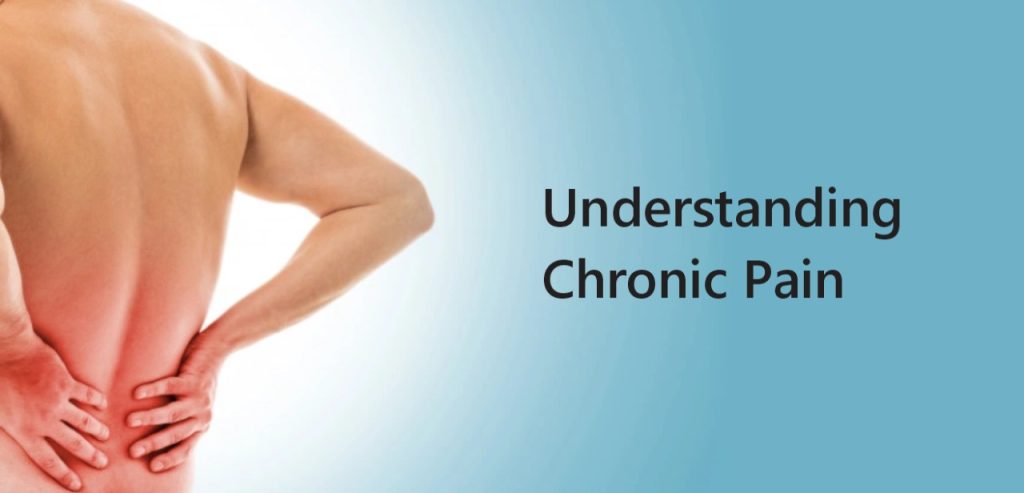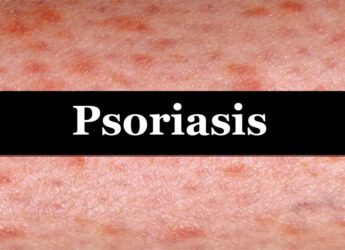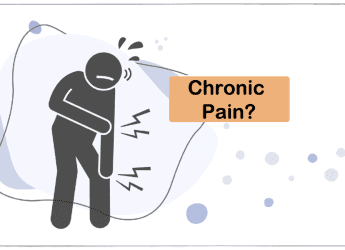Chronic pain is a complex and often misunderstood condition that affects millions of people worldwide. Unlike acute pain, which serves as a warning signal for injury or illness and typically resolves as the body heals, chronic pain persists for weeks, months, or even years.
It can be debilitating, affecting every aspect of life, from physical mobility to emotional well-being. In this comprehensive guide, we will delve into the intricacies of chronic pain, explore its impact on individuals, and discuss effective strategies for managing its symptoms.
Understanding Chronic Pain
What is Chronic Pain?
Chronic pain is commonly defined as pain that persists for more than three to six months, beyond the normal time for tissue healing. It can result from various underlying conditions such as arthritis, fibromyalgia, nerve damage, or even unknown causes. Unlike acute pain, which typically has an identifiable cause, chronic pain may be more complex and multifaceted, involving changes in the nervous system that amplify pain signals.

The Impact of Chronic Pain
Living with chronic pain is not just about enduring physical discomfort; it can profoundly impact mental health, relationships, and overall quality of life. Constant pain can lead to depression, anxiety, sleep disturbances, and social isolation.
It can also limit one’s ability to work, engage in hobbies, or perform daily tasks, leading to feelings of frustration and helplessness. The persistent nature of chronic pain can create a vicious cycle, where pain leads to emotional distress, which in turn exacerbates the perception of pain.
Tips for Managing Chronic Pain
While chronic pain can be challenging to treat, there are various strategies that individuals can employ to help manage their symptoms and improve their quality of life. Here are some practical tips for managing chronic pain:
- Education: Understanding your condition and how it affects your body is the first step in managing chronic pain. Educate yourself about your diagnosis, treatment options, and self-care strategies. Knowledge empowers individuals to take an active role in their pain management and make informed decisions about their health.
- Pain Management Techniques: Explore different pain management techniques such as deep breathing, meditation, guided imagery, and progressive muscle relaxation. These techniques can help reduce pain perception and promote relaxation, making it easier to cope with chronic pain on a daily basis.
- Physical Activity: Engage in regular physical activity, within your limitations. Exercise helps release endorphins, which are natural painkillers, and improves flexibility and strength, which can reduce pain and stiffness. Choose low-impact exercises such as walking, swimming, or yoga, and gradually increase intensity as tolerated.
- Healthy Lifestyle: Maintain a healthy lifestyle by eating a balanced diet, staying hydrated, avoiding smoking, and limiting alcohol intake. A healthy lifestyle can help reduce inflammation, improve overall health, and contribute to pain management. Certain foods, such as those rich in omega-3 fatty acids or anti-inflammatory spices like turmeric, may also help alleviate pain.
- Pacing Yourself: Pace yourself and avoid overexertion. Listen to your body and take breaks when needed. Balancing activity and rest can help prevent flare-ups and conserve energy. Incorporate periods of rest into your daily routine and prioritize tasks to avoid becoming overwhelmed by pain.
- Support Network: Build a strong support network of family, friends, and healthcare professionals who understand your condition and can provide emotional support and practical assistance when needed. Joining support groups or online communities can also connect you with others who are experiencing similar challenges and offer valuable insights and encouragement.
- Mind-Body Therapies: Consider incorporating mind-body therapies such as acupuncture, massage therapy, or chiropractic care into your treatment plan. These therapies can help alleviate pain and promote relaxation and well-being. Additionally, practices like mindfulness meditation or cognitive-behavioral therapy (CBT) can help change negative thought patterns and improve coping skills.
- Medication Management: Work closely with your healthcare provider to develop a medication management plan tailored to your needs. This may include over-the-counter pain relievers, prescription medications, or alternative therapies such as topical analgesics or nerve blocks. It’s important to follow your healthcare provider’s recommendations regarding medication use, including dosage and frequency, and to communicate any concerns or side effects promptly.
- Stay Positive: Maintain a positive outlook and focus on the things you can control rather than dwelling on the pain. Practice gratitude and mindfulness to cultivate a sense of well-being despite the challenges. Engage in activities that bring you joy and fulfillment, whether it’s spending time with loved ones, pursuing hobbies, or volunteering in your community.

Conclusion
Living with chronic pain is undoubtedly challenging, but it’s essential to remember that you are not alone. By taking a proactive approach to pain management and incorporating various strategies into your daily routine, you can regain a sense of control over your life and find relief from your symptoms. Remember to be patient with yourself and seek support when needed.
With time, persistence, and the right support system, it is possible to live well with chronic pain. Don’t hesitate to reach out to healthcare professionals for guidance and explore new avenues for pain relief. Together, we can work towards improving the quality of life for individuals living with chronic pain.




























No Comments